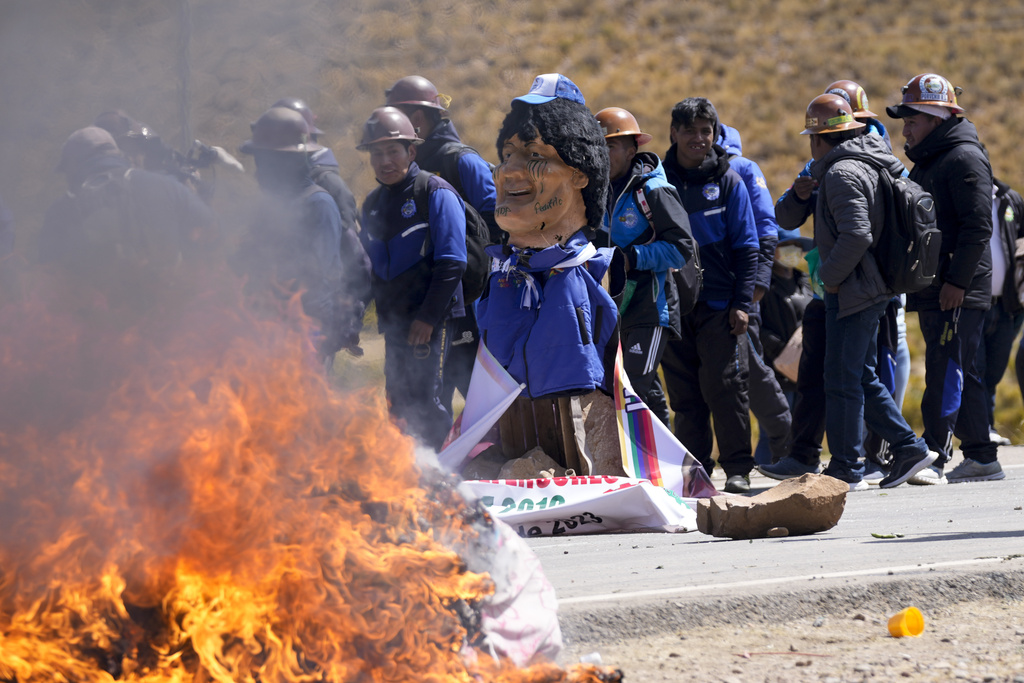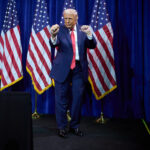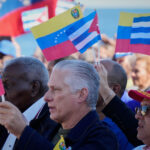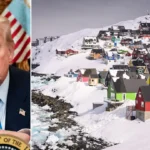Pro-Evo Morales March Clashes with Counterprotesters in Bolivia \ Newslooks \ Washington DC \ Mary Sidiqi \ Evening Edition \ Thousands of Evo Morales supporters clashed with counterprotesters in Bolivia, reflecting a deepening rift in the country’s political landscape. The march, organized by Morales to protest President Luis Arce’s leadership, turned violent as demonstrators faced off on a highway leading to La Paz. The confrontation signals escalating tensions between Morales and Arce ahead of next year’s presidential election.
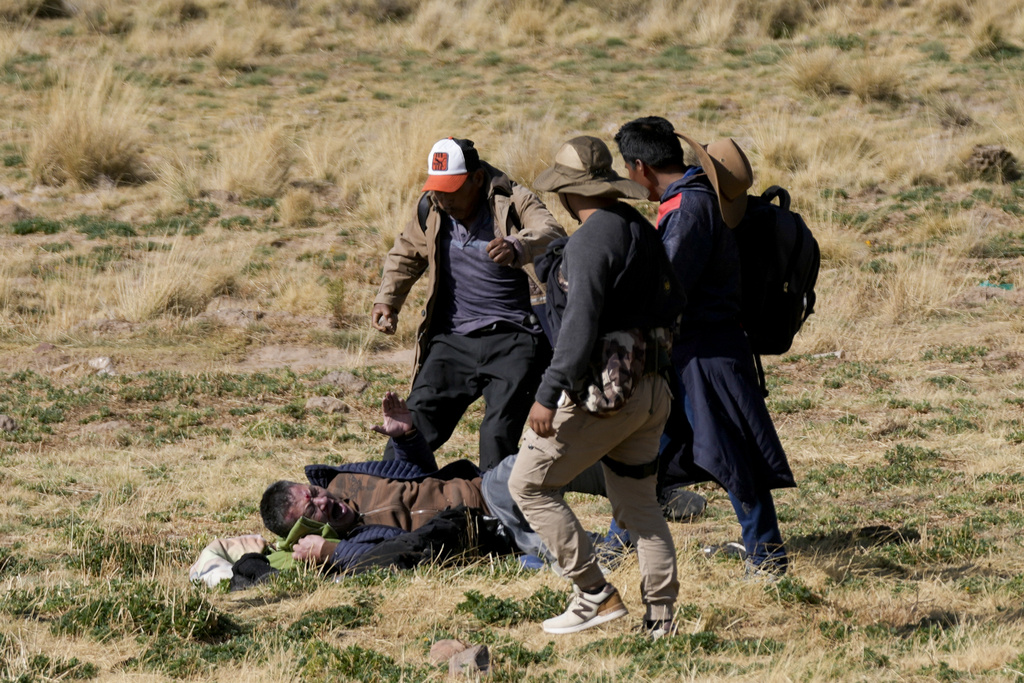
Bolivia’s Political Unrest: Quick Looks
- Thousands of pro-Evo Morales demonstrators clashed with counterprotesters in Bolivia.
- Morales launched a “March to Save Bolivia,” criticizing President Luis Arce’s government.
- Violence erupted on a highway as Morales supporters confronted pro-Arce activists.
- Protesters chanted support for Morales, demanding his candidacy in the 2025 election.
- The political rivalry between Morales and Arce continues to deepen within Bolivia’s ruling socialist party.
- The clash highlights Bolivia’s ongoing economic crisis and discontent among the poor and Indigenous population.
- Thirteen people were injured in the scuffles, according to government officials.
Deep Look:
Bolivia’s political unrest escalated Tuesday as a pro-Evo Morales demonstration turned violent, deepening the divide between the former president’s supporters and those loyal to current President Luis Arce. Morales, who still holds significant influence among poor and Indigenous Bolivians, called for a “March to Save Bolivia,” sparking a mass mobilization of nearly 10,000 demonstrators. The march began peacefully in Caracollo, a small village, but tensions flared hours later when they encountered hundreds of counterprotesters along a highway leading to the capital, La Paz.
Morales, who served as Bolivia’s first Indigenous president from 2006 to 2019, still commands a loyal base, despite his resignation after disputed elections in 2019. His call to action comes as Bolivia faces an economic crisis, marked by a depletion of foreign exchange reserves, high inflation, and growing discontent among the population. Morales has positioned himself as a critic of Arce’s handling of the economy, citing his own presidency as a time of growth and progress for Bolivia’s marginalized communities.
Tuesday’s march was meant to challenge Arce’s leadership, with demonstrators chanting “Evo, Bolivia wants you back!” and demanding Morales be allowed to run in the 2025 presidential election. The Bolivian constitutional court had ruled Morales ineligible for another presidential run, a decision that Arce supports, but Morales’ supporters dismissed the ruling as politically motivated.
The marchers, many carrying Indigenous flags, were met with a hostile reception from pro-Arce activists, some armed with tear gas bombs, firecrackers, and stones. Violence erupted as the Morales supporters surged forward, using slingshots to hurl rocks at the counterprotesters. The confrontation quickly escalated, with police largely standing by as both sides fought on the highway. In a dramatic display, counterprotesters burned an effigy of Morales, while his supporters pushed back, chanting slogans of loyalty to their former leader.
The clashes resulted in 13 injuries, including three police officers, according to Bolivian government official Eduardo Del Castillo. Reporters witnessed Morales supporters chasing their adversaries into the surrounding highlands, beating them with sticks, pushing them to the ground, and kicking them. The scenes of violence underscored the rising tensions between the two political factions, as the split within the ruling socialist party threatens to destabilize the country further.
The political rivalry between Morales and Arce first surfaced in 2019 when Morales ran for an unconstitutional third term. After a contested election marred by allegations of fraud, mass protests erupted across the country, leading to Morales’ resignation and exile. Although he returned to Bolivia after Arce’s 2020 victory, the rift between the two leaders has continued to grow. Morales, who sees himself as a symbol of economic and social progress, is determined to run for office again, despite the legal obstacles in his path.
Morales’ call for action highlights the growing dissatisfaction with Arce’s government, particularly among the country’s rural and Indigenous populations, who have felt the brunt of the economic downturn. Protesters on Tuesday voiced their frustration with Arce’s failure to address the worsening crisis. “We are suffering from hunger,” said Felix Torres, a protester from the highlands of Oruro. “This is not how you govern.”
As Bolivia moves closer to its 2025 election, the deepening power struggle between Morales and Arce is likely to intensify, with both leaders seeking to galvanize support. Morales, whose presidency transformed Bolivia’s economy and elevated the status of the country’s Indigenous population, remains a formidable force in Bolivian politics. Arce, his former protégé, now finds himself battling to maintain control of a fractured political movement, as the country faces its most significant economic challenges in decades.
With violent clashes like Tuesday’s further polarizing the nation, the road to Bolivia’s next election is poised to be fraught with conflict, as both factions fight for the future of the Andean nation.

